Vintage Tribal Kilim Runner 2' 9" x 11' 11" (33" x 143")
Type:
Kilim RugsCollection:
Tribal RunnersID:
K0077326Size:
Material:
The designs feature a rich array of symbols representing tribal culture and Anatolian motifs, often in the form of medallions, diamonds, and other geometric shapes.
The designs feature a rich array of symbols representing tribal culture and Anatolian motifs, often in the form of medallions, diamonds, and other geometric shapes. These kilim runners are ideal for hallways and narrow spaces, offering a touch of ethnic charm and artisanal quality to any interior.
Herki kilims not only serve as functional floor coverings but also as artistic expressions of tribal identity, making each rug a unique cultural artifact.
Design Elements
- Pattern: The vintage tribal kilim runner features geometric patterns that are typical of kilim weavings. These include diamonds and zigzags, creating a rhythmic and visually appealing flow.
- Layout: The linear composition of the runner directs the eye along its length, emphasizing the narrowness of the space it adorns. The repetition of motifs enhances the overall cohesion of the design.
- Symmetry: The design maintains a balanced symmetry, particularly noticeable in the central motifs, which promotes harmony and order in the visual presentation.
- Texture: The kilim utilizes a flat weave technique, offering a unique texture that is smooth yet durable, making it suitable for various settings while adding a tactile quality to the piece.
Colors
- Warm Palette: The predominant colors of the kilim runner are rich reds, oranges, and earthy browns, conveying warmth and inviting energy.
- Contrasting Shades: Deep browns and neutral creams are incorporated to provide contrast against the warm colors, enhancing the overall vibrancy and depth of the design.
- Symbolism in Colors: The use of red often symbolizes power and strength, while oranges represent warmth and enthusiasm. The browns can signify protection and grounding, and the creams suggest purity and simplicity.
Main Motifs and Their Symbolism
- Diamonds: Generally symbolize wealth and prosperity. In tribal cultures, they often represent the connection between the earthly material world and the spiritual realm.
- Zigzags: The zigzag pattern symbolizes water and life, reflecting a vital source of nourishment and sustenance, often linked to journeys and the flow of time.
Summary
The vintage tribal kilim runner is characterized by its intricate geometric patterns, balanced symmetry, and a rich, warm color palette. The prominent motifs such as diamonds and zigzags, hold significant meanings, including prosperity, balance, and the flow of life, all contributing to the cultural narrative of the piece. The harmonious use of contrasting colors enhances its visual appeal, making it a striking addition to any space while reflecting the artistry and history behind tribal weaving traditions.
- Ships in 1-4 business days
- Only one in stock, handmade, unique
- Free shipping via FedEx Express. Easy returns
- Contact us or add a note to your order if you want us to delay your shipping.
- Request more info if you want this rug shorter or narrower
Colors may appear slightly different across various monitors due to screen settings device differences, and external lighting conditions. If color accuracy is important for your space, we recommend viewing the rug on multiple devices or contacting us for a detailed color description. We can provide detailed photos and references using Sherwin-Williams, Benjamin Moore, Pantone, or even Crayola crayons.
You can also visualize most of our products in your own room with AR (augmented reality) on an iPhone or iPad.
Return Policy
Need a rug pad? We recommend RugPadUSA
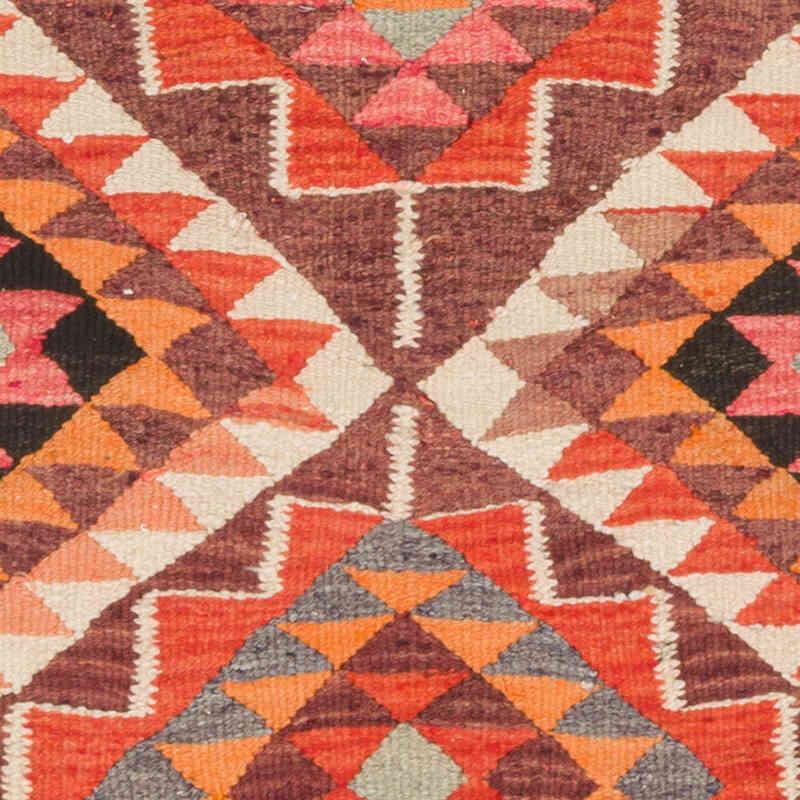
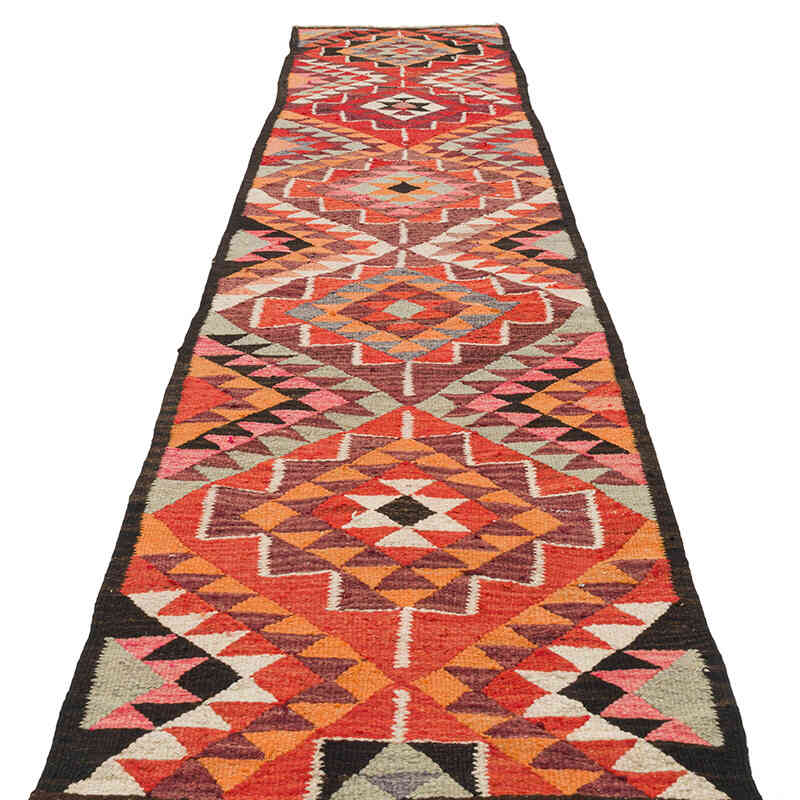
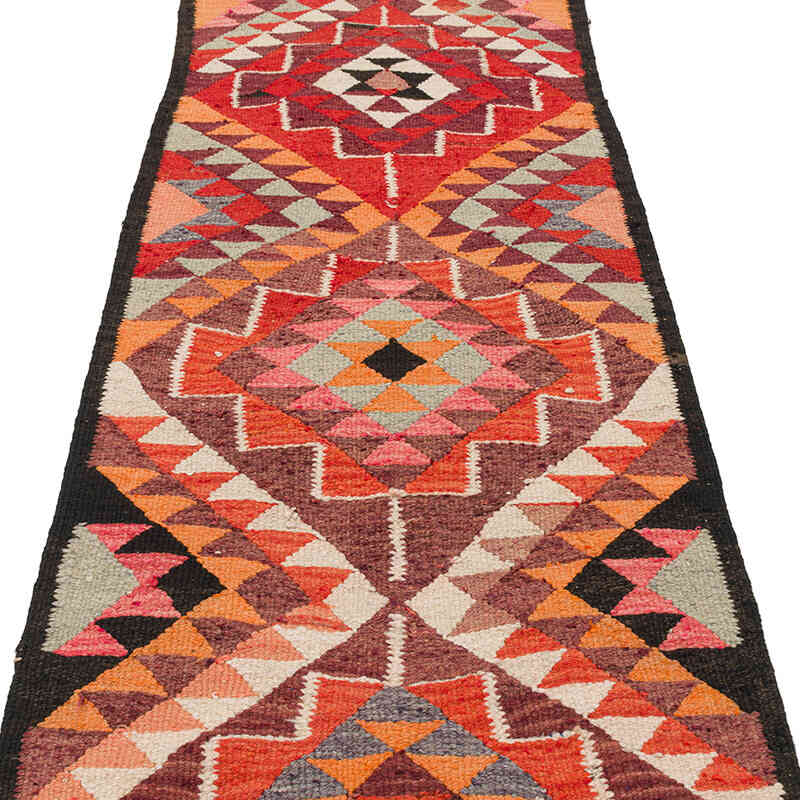
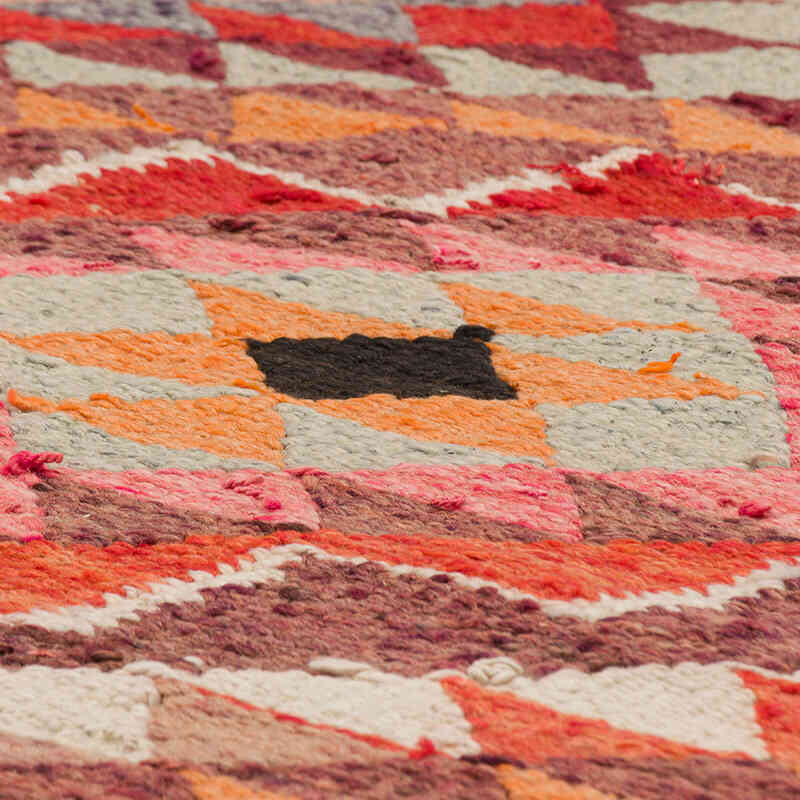
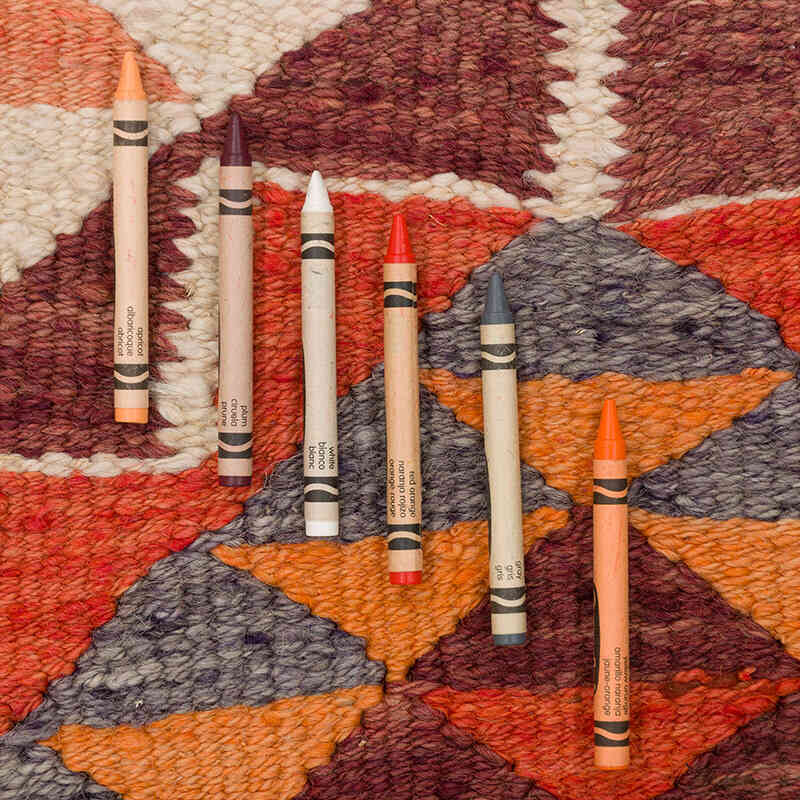
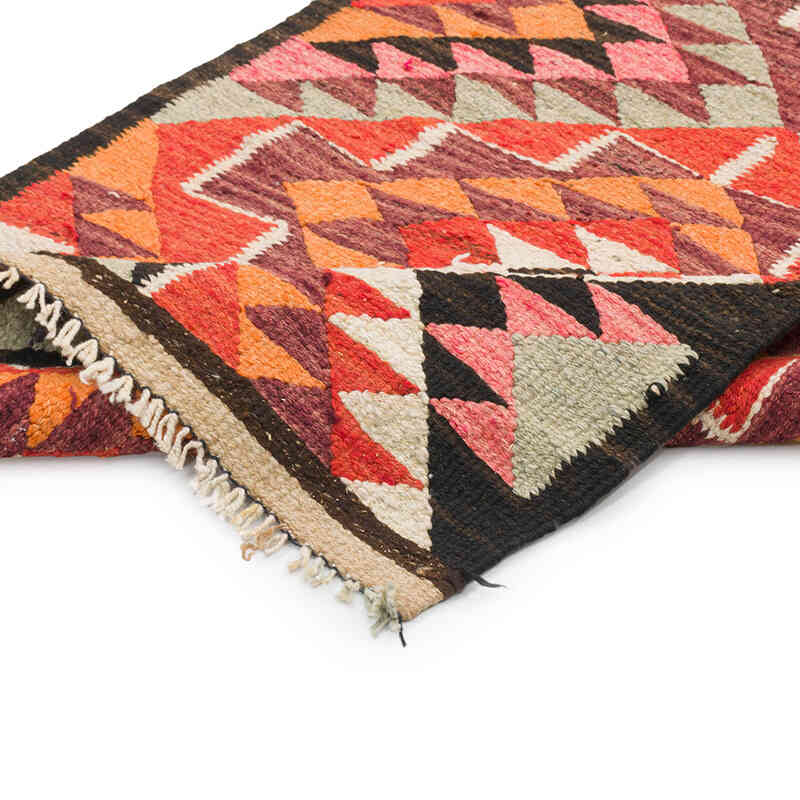
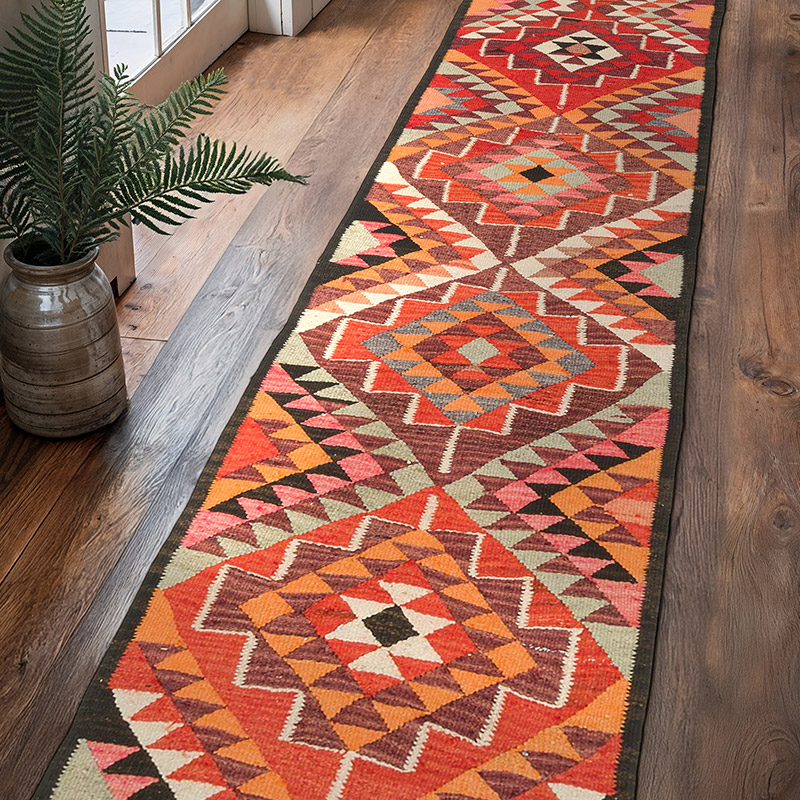
















A beautiful rug arrived in record time